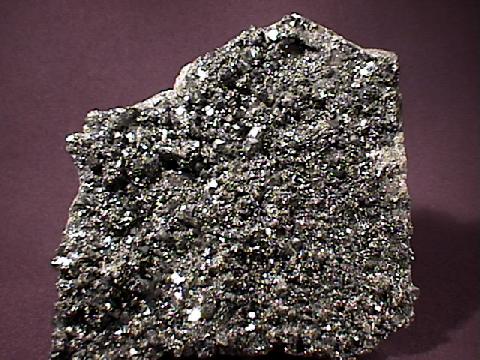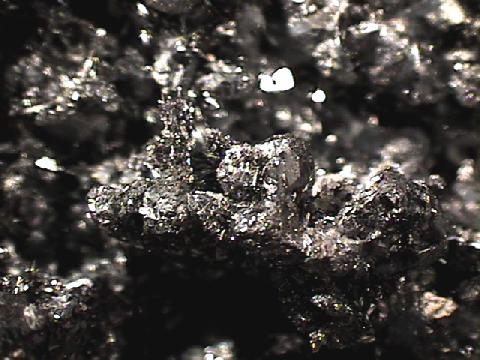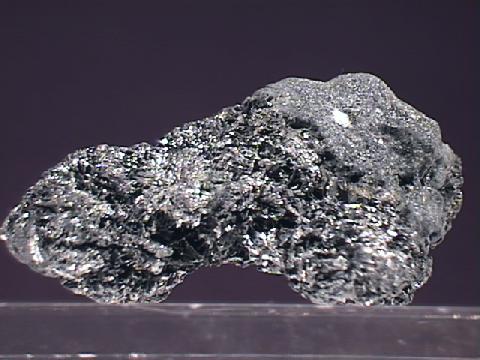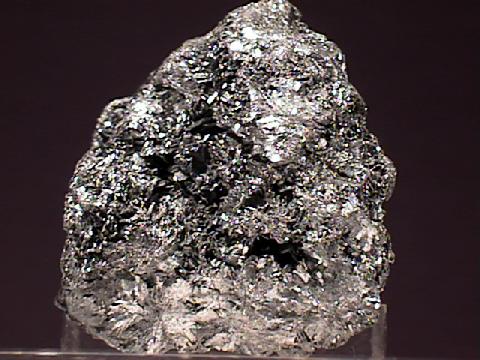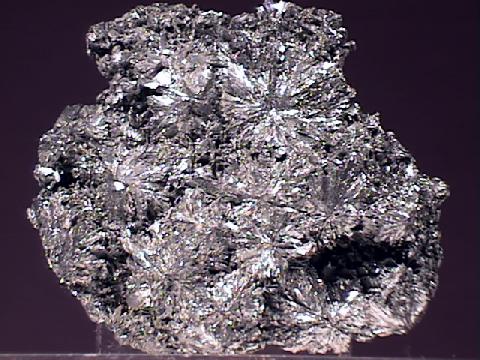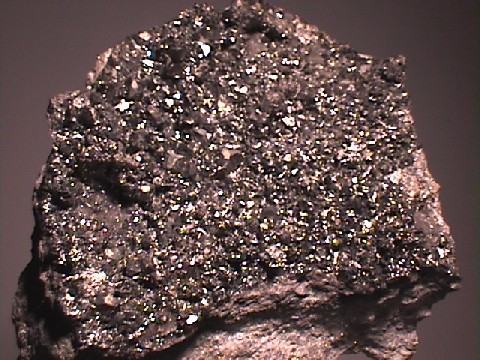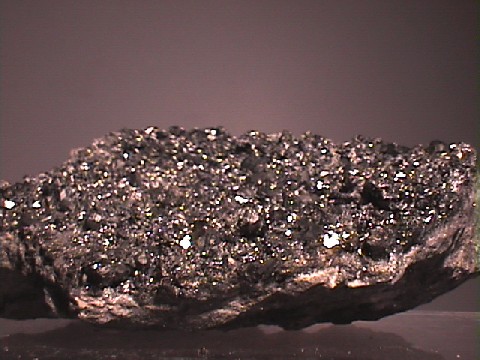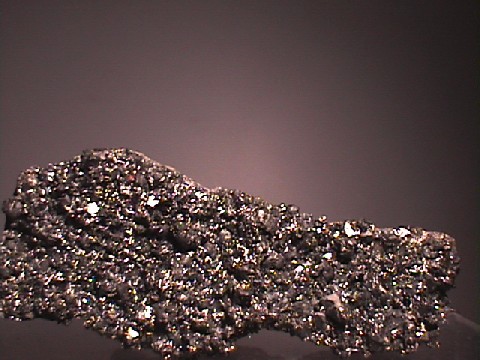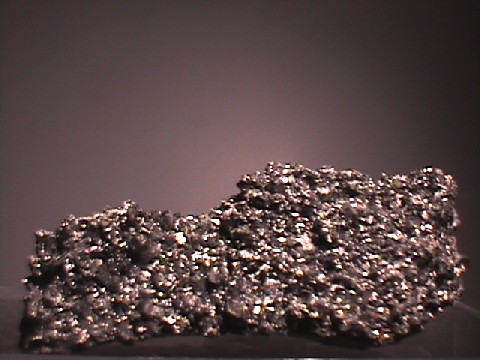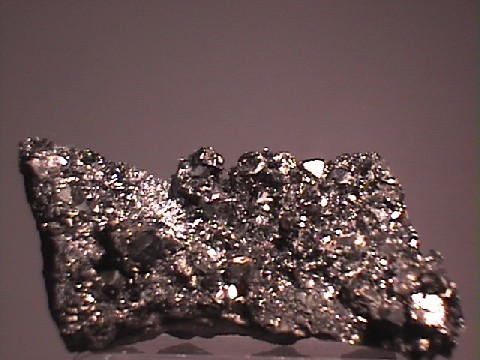 THE
MINERAL FRANCKEITE
THE
MINERAL FRANCKEITE
- Chemistry: (Pb, Sn)6FeSn2Sb2S14, lead Tin Iron Antimony Sulfide.
- Class: Sulfides
- Subclass: Sulfosalts
- Uses: A very minor ore of lead and tin and as a mineral specimen.
Specimens
Franckeite is a rare sulfide mineral. It is found in the sulfide ores
in Bolivia and Peru usually with other rare sulfides such as cylindrite,
The formula of franceite points out the difference between the two different tin ions in the mineral. If the formula was written with the oxidation states, it would look like this:
(Pb+2,Sn+2)6Fe+2Sn+42Sb+32S-214.
As can be seen there are two different tin ions. One is in a positive two (+2) oxidation state and the other is in a positive four (+4) oxidation state. The oxidation states also show the positive charge on the antimonies, a condition found in sulfosalts.
PHYSICAL CHARACTERISTICS:
- Color is gray-black to gray-white.
- Luster is metallic.
- Transparency crystals are opaque.
- Crystal System is triclinic; bar 1
- Crystal Habits include accicular sprays and crusts.
- Hardness is 2.5 - 3
- Specific Gravity is approximately 5.8 - 6.0 (above average for metallic minerals)
- Streak is gray-black.
- Associated Minerals include quartz,
galena
and pyrite
as well as rare sulfides such as cylindrite,
stannite ,incaite andpotosiite. - Notable Occurrences are limited to Las Animas District, Bolivia and Hulcani Mine, Peru.
- Best Field Indicators are crystal habit, locality, color and density.

